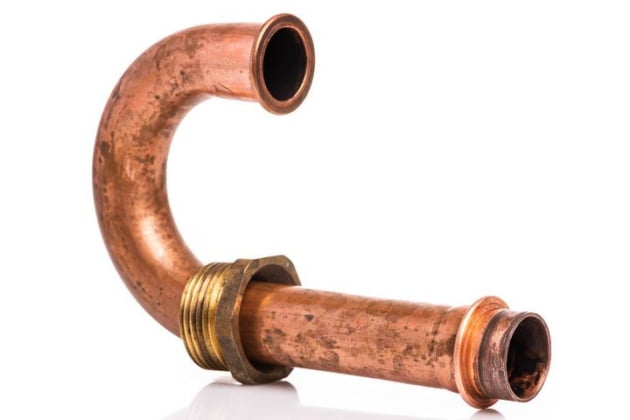Your residential plumbing works through a complex pipe network, which drains the sinks and toilets to the municipal sewer or a septic field. When these systems work as intended, what goes down your sinks or toilets will run through the pipes and exit your house successfully. Water tends to flow across the plumbing pipes with ease, but the same cannot be said about oils, food scraps, and debris.
Sometimes, the materials that you pour down the drain may remain inside the pipes afterwards. Instead of leaving the plumbing system, these disposed materials will cause a grease buildup in your pipes over time. Similarly, you may also get a calcium buildup or hard water buildup in the pipes. In all scenarios, the buildup can eventually cause a blockage and your plumbing will get clogged.
A clogged plumbing network is an inconvenient nuisance. Even with the help of a professional plumber, having clogged pipes may take significant time and effort to clear. To take preventative measures, you should understand how the grease buildup or calcium buildup may form on your faucets, pipes, and plumbing systems.
Let’s learn about how you can detect grease and calcium buildup in the pipes:
Grease buildup in pipes
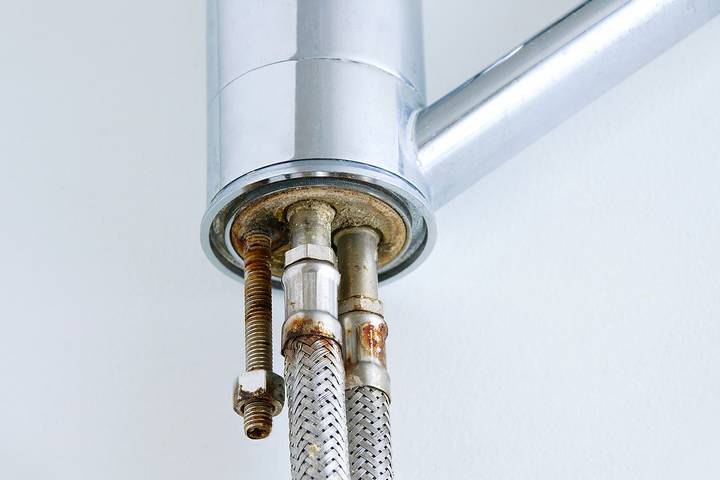
In a kitchen setting, grease is a fat or oil that we cook with. While oil tends to be liquid at room temperature, grease takes a solid form. A popular example of grease is bacon fat or other saturated fats. Ultimately, any oil used for cooking can be considered greasy and should never go down your drain.
There’s a common misconception that grease will pour through your plumbing system if it’s still in liquid form. Unfortunately, that logic is incorrect. Even in a liquid format, grease quickly cools and sticks to the inside of the pipes. Over time, the greasy buildup functions like a goopy sponge, which catches all the food debris and forms a large cluster within the pipes.
Eventually, the buildup restricts the water flow enough that it clogs the plumbing system. A common symptom of clogs is a slow draining sink. If the water runs slowly or there is a loud gurgling sound, your pipes may be clogged with grease. You might also smell a foul odour coming from a grease buildup in the pipes.
How to unclog grease in pipes
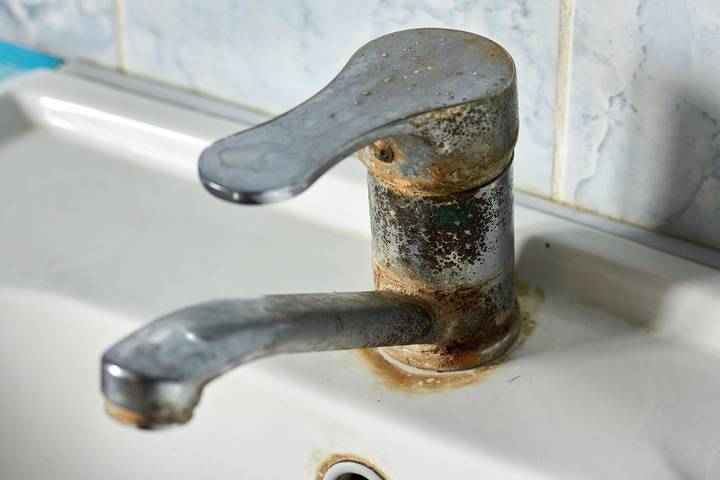
Calling a residential plumber is your best bet to unclog a grease buildup in pipes. Although there are numerous commercial products that can clear the buildup, they need to be used with discretion. Other homemade remedies are crafted from DIY mixtures, including hot water, baking soda, and vinegar. These remedies may work, but they will need multiple applications to clear your pipes.
If you don’t want a grease buildup in the pipes, never pour any fats and oils down the drain. Use a jar to store bacon grease as it can be reused again for frying. Other oils should also be poured into a container and thrown out. Even the food items made with oily ingredients, such as mayonnaise, should not be rinsed down the drain.
Another good idea is to pour boiling water down your drain regularly. Doing this will decrease the buildup in specific areas, moving the grease further down the plumbing system. Finally, stay alert and watch out for signs of clogs inside your drains. Common symptoms include any decreases in the water draining, gurgling sounds, or foul smells.
Calcium buildup in pipes
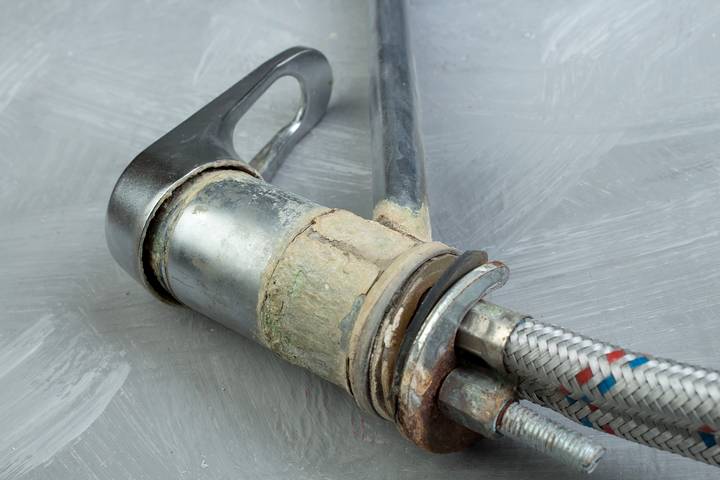
Calcium and other minerals like magnesium occur naturally in water. When rain falls to the ground, the rainwater makes its way around rocks, picking up essential minerals along the way. In our water supply, it is called hard water because of those minerals. Hard water may also come from the public water supply. However, this scenario is less likely since their water gets retrieved from rivers and streams, where there may be fewer minerals.
When you have hard water coming into your home, the calcium can build up in your pipes and get clogged over time. Long before that happens, you can detect calcium in the water with some keen observation around the home. For example, you will notice that although hand soap doesn’t lather very well, it leaves a soap scum behind that takes longer to wash off.
Calcium buildup often appears around the faucet and your hot waterspouts. In addition, the buildup might be apparent on any glassware and cutlery coming out of the dishwater. When the hard water gets heated, it evaporates and leaves behind traces of minerals. These remnants will show up in your glasses and other kitchen supplies like kettles.
How to remove calcium buildup in pipes
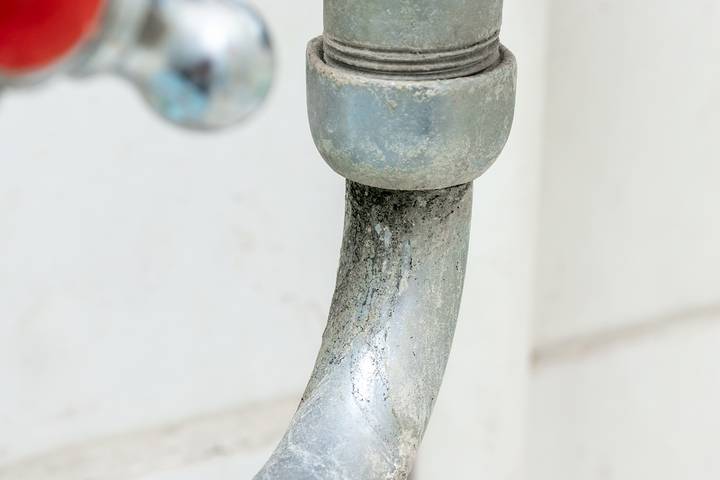
Once again, calling a plumber is your best option to resolve any calcium buildup on pipes. Alternatively, you can combat the buildup with lots of vinegar or mixtures with baking soda. These home remedies may work in the short term, but they need to be repeated often. You can also get a water softening system that uses ion exchange, removing the minerals from the hard water.
Drinking hard water can be beneficial for your health, as it provides essential nutrients for your body. However, the calcium deposits will cause significant havoc to the pipes if left untreated. From a plumbing perspective, you want to avoid the hard water buildup in pipes as much as possible. Stay on the lookout for mineral buildup in glassware, observe whenever soap isn’t lathering, and contact a plumber if necessary.



